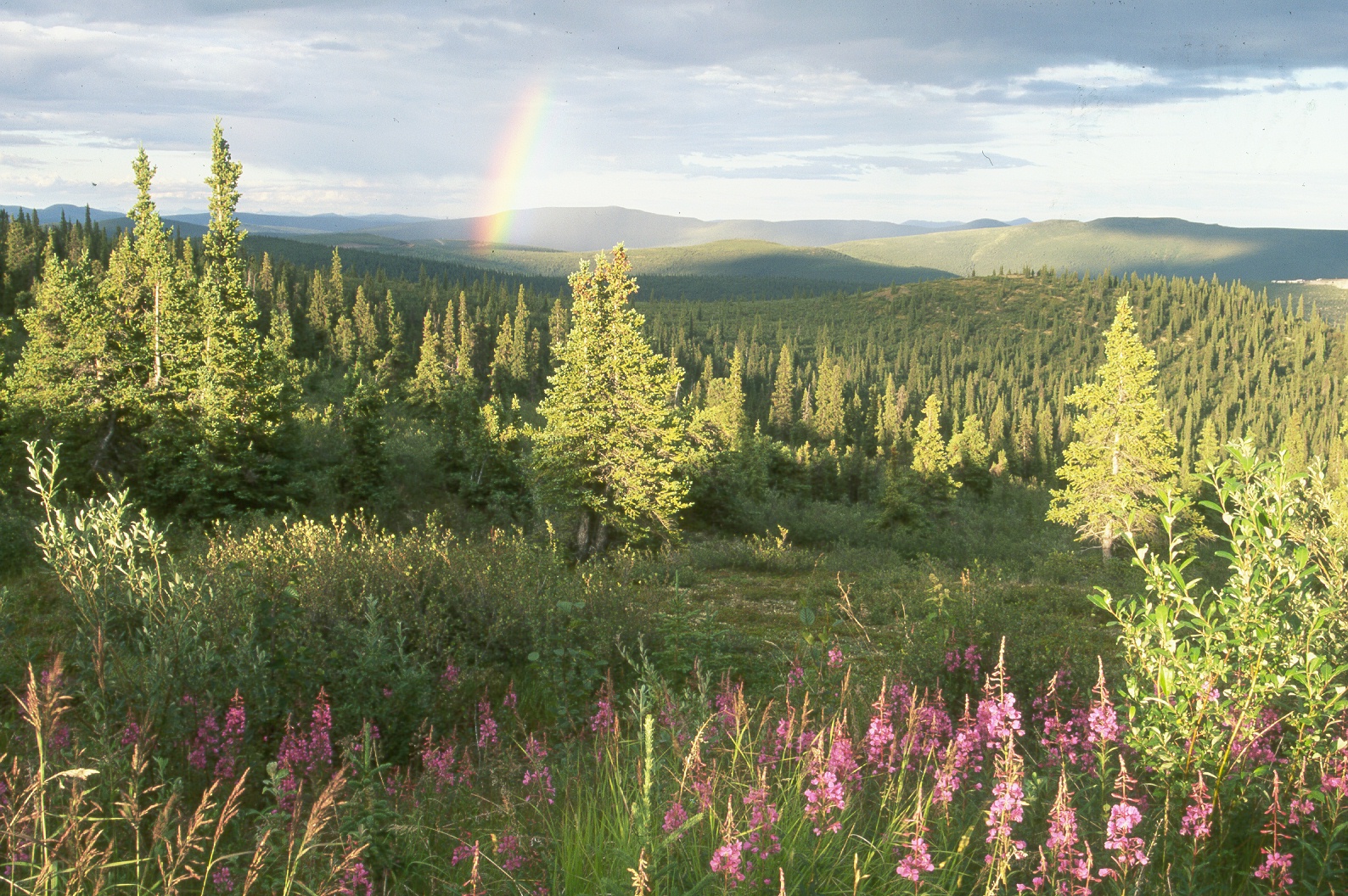The Great Outdoors
-
The BOSH project in southern Idaho ultimately plans to destroy tens of thousands of acres of juniper woodlands on BLM lands. BOSH stands for Bruneau-Owyhee Sagebrush Habitat Project. The advocates of the BOSH project use pejorative language to characterize the Juniper clearing from the landscape. Terms like “restoring” the “natural” condition of the land assume…
-
The Centennial Range straddles the Montana-Idaho border forming a natural migration corridor for wildlife. Photo George Wuerthner Due to a recent court decision, the Centennial Range, which lies along the Idaho-Montana border to the west of Yellowstone National Park, is that much closer to becoming a “safe zone” for wildlife. For decades, the U.S. Department…
-
Why (Mostly) Men Trophy Hunt: A Biocultural Explanation By Maximilian Werner Wolves do not stay anywhere for long. This is partly a function of their prey’s movement, but it’s also a function of being hunted for seven months of the year, at least in Montana, where residents can “harvest” up to five wolves for a paltry…
-
In recent years it has become fashionable for conservationists to substitute and promote other land classification in place of wilderness designation. Wilderness is “passé” so we are told, even though it is the “gold standard” for land protection. In a recent white paper, The Wilderness Society outlined some of these alternatives such as National Recreation…
-
The spectacularly glaciated Gallatin Range stretches south from Bozeman into Yellowstone National Park. The 250,000-acre roadless area is the largest unprotected wildlands left in the northern Greater Yellowstone Ecosystem. WILDLIFE VALUES The Buffalohorn and Porcupine drainages (BHP) that drain into the Gallatin River near Big Sky, Montana are a miniature ecological equivalent of the Lamar…
-
The highest reaches of the Pryor Mountains are covered with alpine meadows. Photo George Wuerthner Billings, Montana has seen a steady increase in population and economic diversity. In all likelihood, Billings will continue to grow. At a modest average growth of 1.5 percent a year, Billing’s population will increase by more than 40,000 people in…
-
Buffalo Horn drainage The Gallatin Range that lies south of Bozeman, Montana is the largest unprotected wildlands in the northern Greater Yellowstone Ecosystem (GYE). The Gallatin Range is highly scenic with glaciated cirques, grassy meadows, and subalpine lakes. Biologically it is one of the more diverse and important areas in the entire Yellowstone ecosystem. The…
-
By Erik Molvar, Western Watersheds Project Dr. Edward O. Wilson, one of the world’s foremost ecologists and thinkers, will be in Washington, D.C. next week for a series of presentations on migration corridors in the United States and the diversity of life across the globe. This is part of Dr. Wilson’s ‘Half-Earth’ campaign, a proposal…

